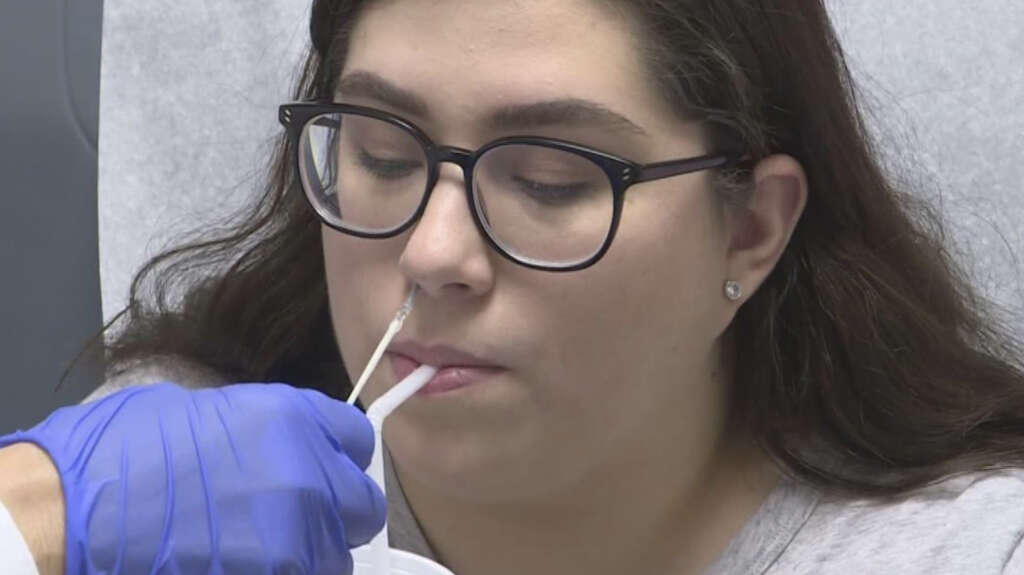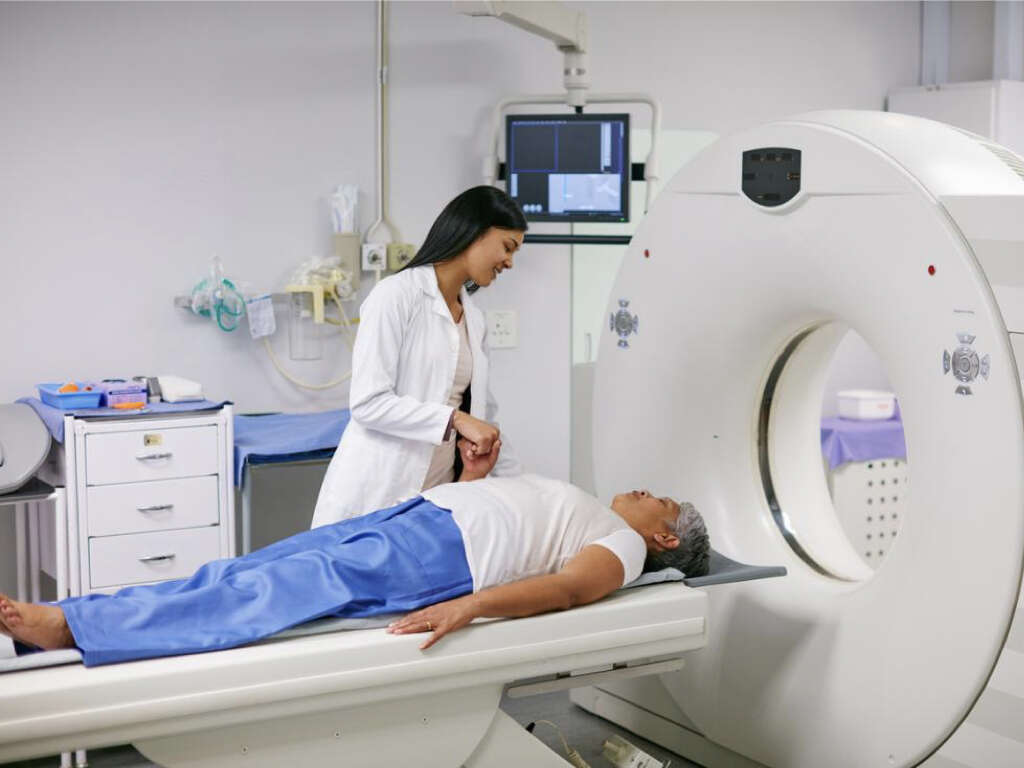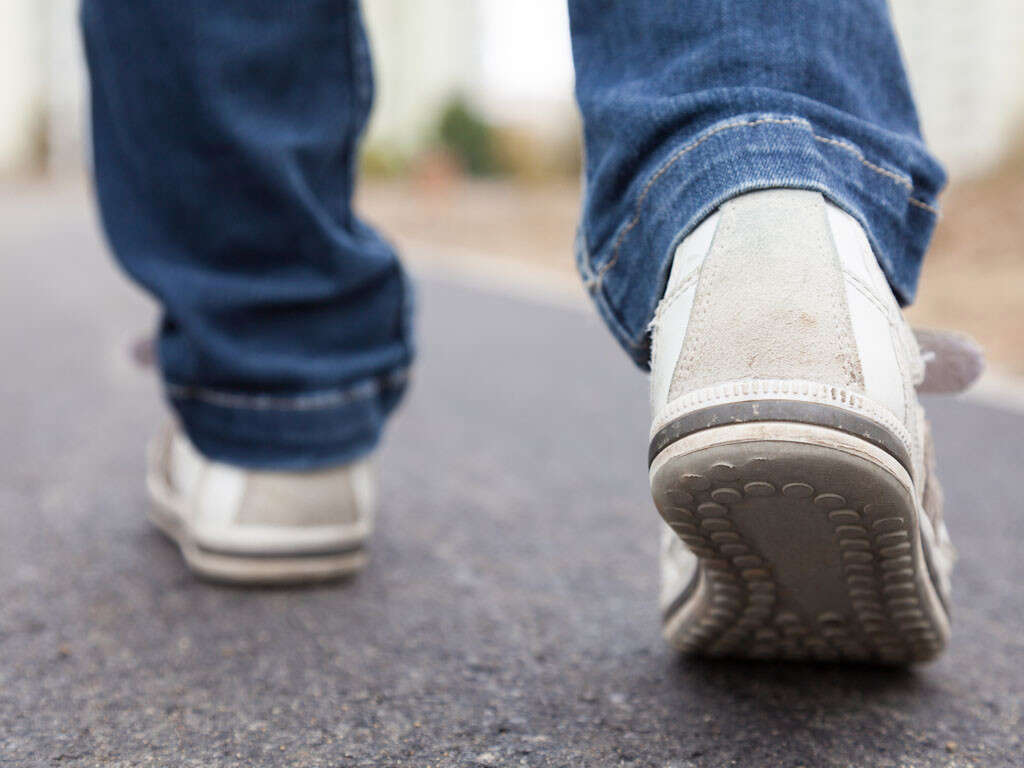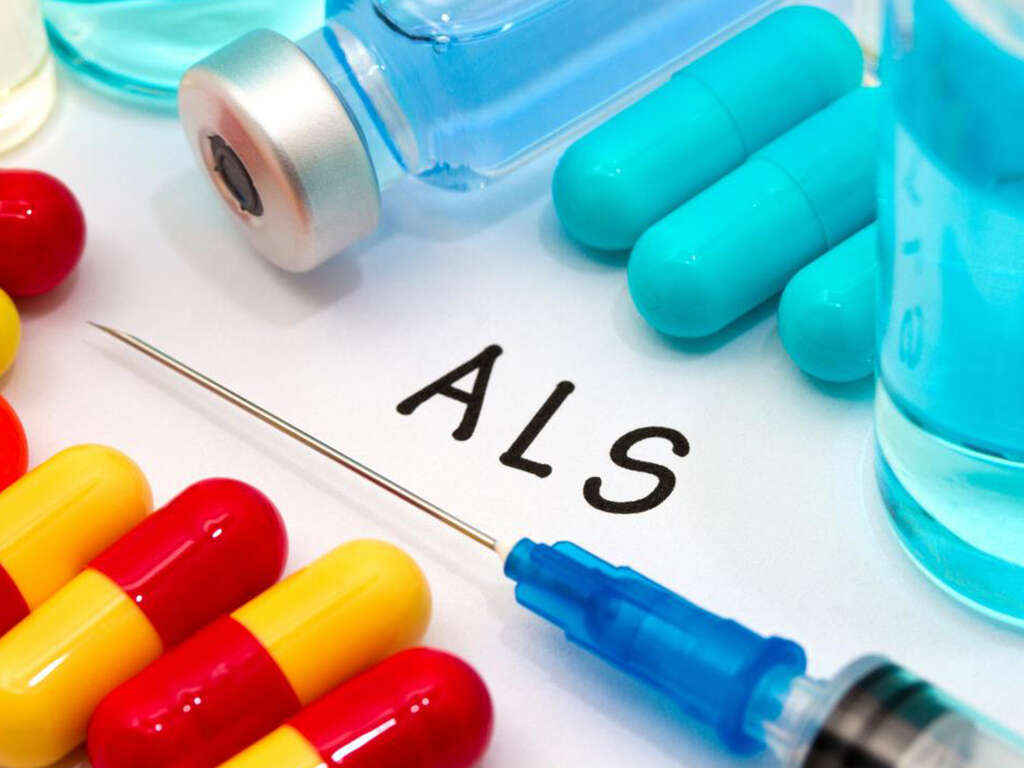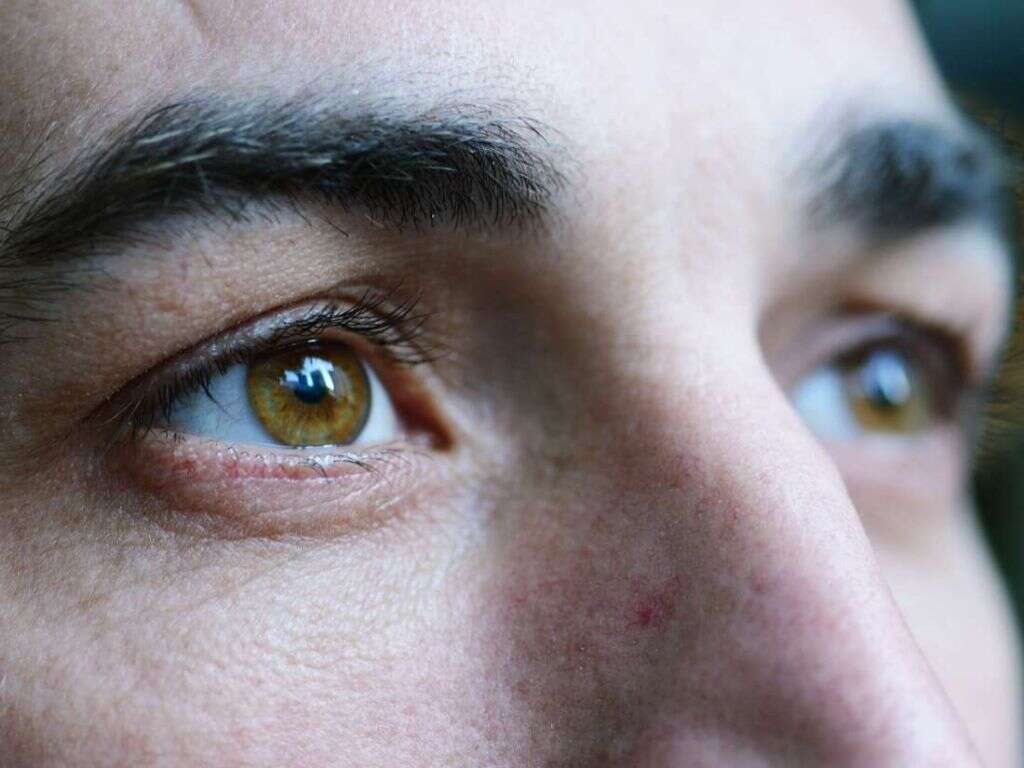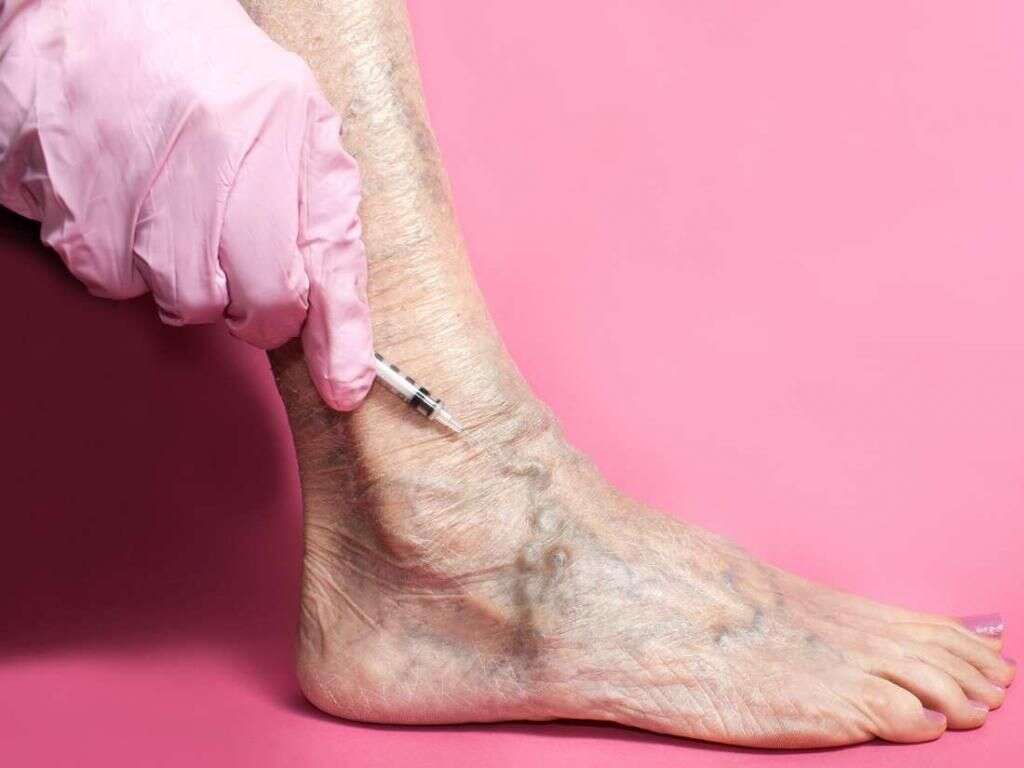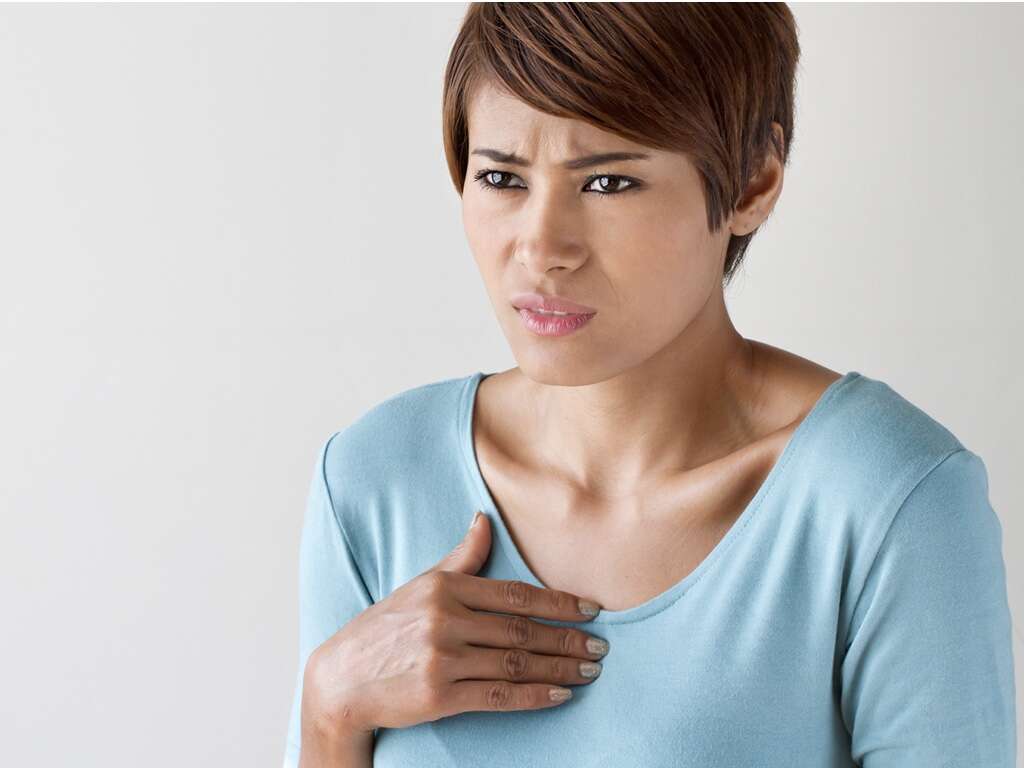What Is Lou Gehrig's Disease?
3. Eating Problems
As the disease progresses, patients will begin to lose control of even some of their most essential functions. This even includes the ability to eat. The disease can affect the muscles that control the patient’s ability to swallow food, and this will make it a lot harder for them to get food into their stomachs.
This also increases the risk of aspiration pneumonia, which happens when food or other items get into the lungs, causing an infection. Not being able to eat and drink will cause some obvious problems for the patient, including malnutrition and dehydration. The patient will need to be put on a feeding tube at some point.
Advertisement
